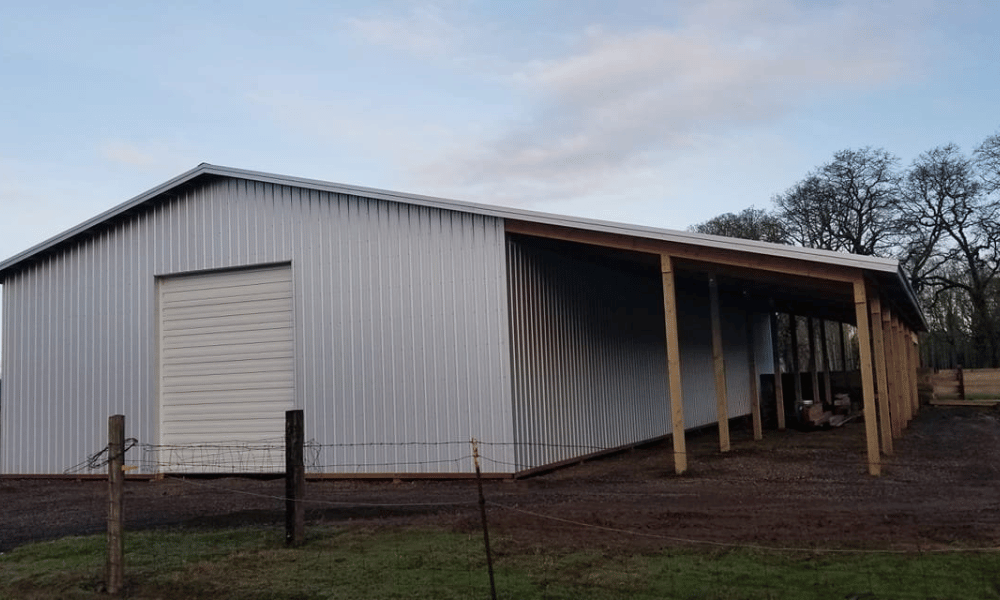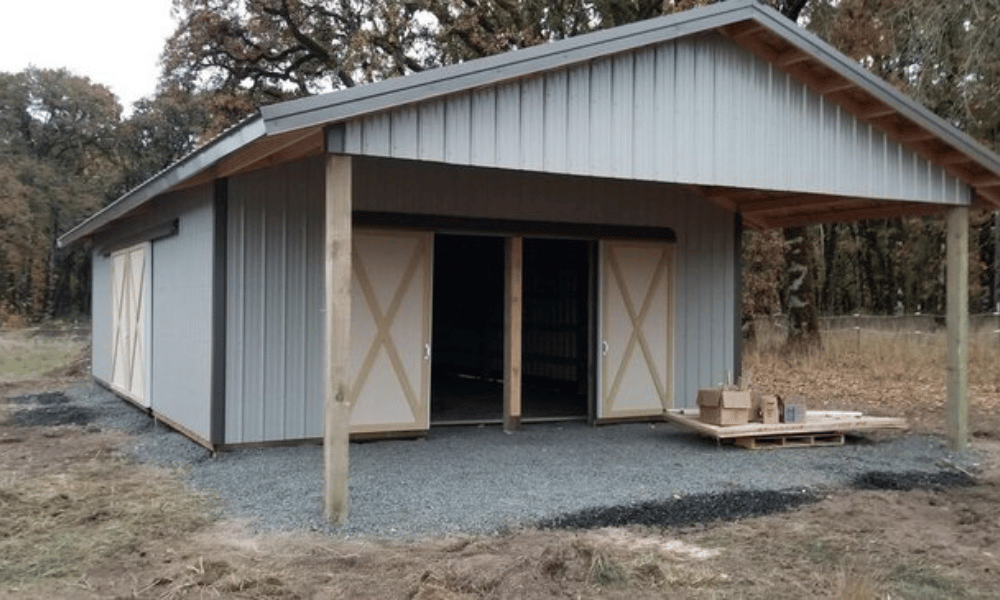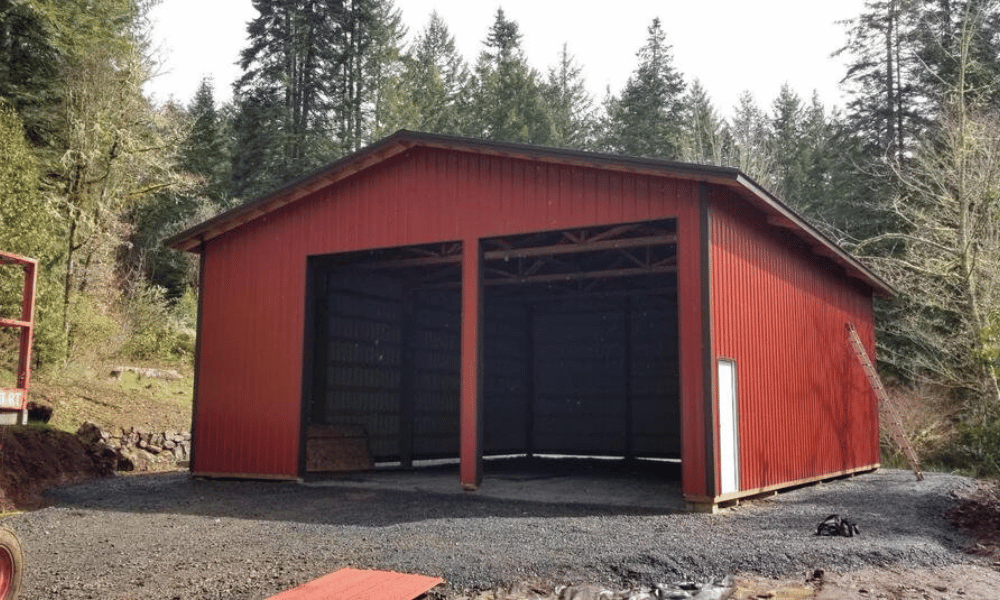Introduction
Welcome to the world of pole barns, where creativity meets functionality! Imagine stepping into a spacious, well-structured environment that’s not just a shelter https://jaidenvkpw.bloggersdelight.dk/2025/02/16/innovative-ideas-for-using-your-pole-barn-year-round-3/ but a versatile learning hub. Whether you're looking to hone your skills in woodworking, take up pottery, or learn about sustainable farming practices, pole barns are becoming increasingly popular as innovative learning spaces. In this article, we’ll explore the multifaceted advantages of utilizing pole barns for workshops and classes, dive deep into their structural benefits, and discuss how they can be tailored to fit various educational needs.

Pole Barns: The Perfect Learning Environments
When we think of learning spaces, traditional classrooms often come to mind. However, pole barns offer a refreshing alternative that promotes an interactive and hands-on approach to education. Their expansive floor plans provide ample room for various activities without feeling cramped or constrained.
Why Choose Pole Barns for Educational Purposes?
Versatility: From art studios to agricultural training centers, pole barns can accommodate diverse activities. Cost-Effective: Generally cheaper to construct than conventional buildings, they allow schools or organizations to allocate funds more effectively. Natural Light: With large windows and open designs, these structures can maximize natural light—essential for any creative endeavor.A Brief History of Pole Barns
Did you know that pole barns have roots dating back several decades? Initially used for agricultural purposes, they’ve evolved over time into multi-functional spaces that cater to various community needs.
Designing the Ideal Learning Space
Layout Planning
Before you start hammering nails or applying paint, effective layout planning is crucial.
Creating Zones
Consider dividing your pole barn into specific zones for different activities:
- Workshop Zone: Equipped with tools and machinery. Classroom Zone: For lectures and discussions. Creative Zone: Space for arts and crafts.
Choosing Materials Wisely
The materials you select can significantly impact the learning atmosphere. Think about:
- Insulation methods for temperature control. Eco-friendly options that teach sustainability.
Types of Workshops You Can Host in Pole Barns
Have you ever wondered what kinds of workshops could thrive inside a pole barn? The possibilities are vast!

Art Workshops
Imagine painting classes surrounded by inspiring landscapes visible from large windows!
Benefits:
- Spaciousness allows participants to spread out their materials. Natural light enhances the quality of artistic work.
Culinary Classes
Cooking workshops are another fantastic idea!
Why It Works:
The open space accommodates multiple cooking stations while promoting collaboration among participants.
Community Engagement through Learning
Building Connections with Local Farmers
One of the most exciting aspects of using pole barns as learning environments is fostering connections within the community.
Programs:
- Local farmers can host workshops on sustainable farming practices. Community members can share knowledge on organic gardening techniques.
Networking Opportunities
Workshops provide an excellent platform for networking; who knows what collaborations might blossom?
Sustainability in Learning Spaces
Using eco-friendly practices in your pole barn workshop teaches students valuable lessons about sustainability.
Green Building Practices
Solar panels for energy efficiency. Rainwater harvesting systems.Why It Matters
Educators who incorporate sustainability concepts into their workshops help cultivate environmentally conscious individuals.
Creating an Inclusive Environment in Your Pole Barn Classroom
Diversity should be celebrated in any educational setting; thus, inclusivity must be at the forefront when designing your space.
Accessibility Considerations
Make sure your pole barn is accessible to everyone:
Features:
- Ramps instead of stairs Adequate restroom facilities
Tailoring Classes for Different Skill Levels
From beginners to advanced practitioners—ensuring everyone finds value in your classes fosters a sense of belonging!
Marketing Your Workshop Offerings Effectively
So you've got this fantastic space; how do you get people through the door?
Utilizing Social Media Platforms
With platforms like Facebook and Instagram at your disposal, promotion becomes easier than ever!
Tips:
Share engaging content featuring behind-the-scenes looks at upcoming classes. Use targeted ads to reach potential learners based on their interests.Collaborating with Local Businesses
Partnering with local businesses can increase visibility while providing mutual benefits—think cross-promotions!
FAQs About Using Pole Barns as Learning Spaces
What are pole barns?
Pole barns are structures built using poles set in concrete as a frame rather than relying solely on traditional stud framing.
Are there limitations on what activities can be conducted in a pole barn?
Not necessarily! While some zoning laws may apply based on location and intended use, many activities—from art classes to agricultural training—are suitable.
How much does it cost to build a pole barn?
Costs vary widely based on size and materials used but generally fall between $10-$50 per square foot.
Can I use my existing pole barn for educational purposes?
Absolutely! Existing structures can often be adapted for classroom settings with some renovations.
Is it easy to maintain a pole barn?
Yes! Regular maintenance typically involves cleaning gutters and checking insulation; overall upkeep is manageable compared to traditional buildings.

li24/ol4/hr9hr9/##
Conclusion
In conclusion, if you're seeking an adaptable and vibrant setting for workshops or classes, look no further than pole barns! They embody creativity while offering functional versatility—a true gem when it comes to education spaces. By embracing this unique structure's potential as an engaging learning environment, we pave the way toward innovative futures filled with knowledge-sharing experiences like never before!
So why wait? Dive right into the world of "Pole Barns as Learning Spaces: Workshops and Classes Galore!" today! You might just discover a newfound appreciation not just for these wonderful structures but also for all they represent—the merging of education with exploration!